The Effect of Perceptual-Kinesthetic Exercises in Terms of the Compass of Thinking in Learning a Skill Pronation on the Parallel Device for Female Students
Main Article Content
Abstract
The current era is witnessing an explosion of knowledge and technology in all areas of life, the emergence of global interest in brain research outputs, and the successive emergence of a series of tremendous discoveries in this field. In light of this development, it is necessary to have a strategy that enables the learner to learn and master the skills of sports games in order to develop his preparations, capabilities, and ability in response to his tendencies and interest. The importance of the research was manifested in identifying the impact of sensory-kinesthetic perception exercises in terms of the compass of thinking in learning the skill of pronation on the parallel device for female students. They were chosen randomly from among (140) female students from the College of Physical Education, and through statistical treatments, the researcher concluded that the sensory-kinetic perception exercises, in terms of the compass of thinking, are of great importance in learning the skill of pronation in the artistic gymnastics of female students. The researcher recommended the use of kinesthetic perception exercises in terms of the thinking compass, as it has proven effective in the current study in learning the skill of pronation on the parallel device in the artistic gymnastics of female students.
Article Details

This work is licensed under a Creative Commons Attribution-NonCommercial 4.0 International License.
References
Abd Ulwahab, Mahdi, & Hashim. (2021). The effect of a psychomotor program proposed to improve the perception of drug addicts. Journal of Studies and Researches of Sport Education, 30(1). https://jsrse.edu.iq/index.php/home/article/view/190
Abdel-Fattah, M. (2000). Psychology of Physical Education and Sports Theory and Field Application. Al-Kitab Center for Publishing.
Abdullah, & Salim. (2022). The Relationship of Sensory-Motor (Spatial) Perception and Cognitive Achievement with the Accuracy of Performing Some Basic Skills in Badminton. Journal of Studies and Researches of Sport Education, 32(2), 153–171. https://doi.org/10.55998/jsrse.v32i2.337
Al-Gharabia, A. M. A. (2011). The development of learning and thinking style based on the two hemispheres of the brain, and its relationship to emotional intelligence and motor-visual integration, in the light of some variables [Diss. PhD thesis]. Yarmouk University.
Al-Hammadi, A. (2002). The injection of creativity (and the eight ways of creativity). Lebanon-Beirut, Dar Ibn Hazm for Printing and Publishing.
Al-Obeidi, H. B. A. (2004). The impact of the two cognitive styles, preference for sensory modeling and preference for cerebral control in the sensory memory of workers in the field of standardization and quality control of productive institutions [Unpublished doctoral thesis]. University of Arts.
Haider, T. K. (2011). Habits of Mind based on the Hemispheres of the Brain According to Hermann’s Tool for Brain Dominance [Master’s Thesis]. Educational Psychology.
Hussan, Habeeb, & Abed Alreda. (2021). The effect of teaching according to the Realistic Learning Model in teaching the technical performance of freestyle swimming for first grade student. Journal of Studies and Researches of Sport Education, 30(1), 330–343. https://jsrse.edu.iq/index.php/home/article/view/222
Jabbar. (2021). The effect of self and group competition strategies on learning some skills In your artistic gymnastics for men. Journal of Studies and Researches of Sport Education, 31(3), 358–371. https://jsrse.edu.iq/index.php/home/article/view/176
Mashkor, N. (2017). The stylistic influence of small units ( homogeneous and heterogeneous ) on some Elkinmetekih variables and the level of technical performance and achievement of the effectiveness of the discus. 50, 100–116.
MUSHREF, A. J., & Sulaiman, K. I. (2022). The effect of the learning method for mastery of performance simulation exercises in developing the skills of diving and handstand for the floor mat in artistic gymnastics for men. International Journal of Early Childhood Special Education, 14(3).
Nehadi, A. H. (2009). Whole Brain teaching and learning for results . The Herrmann international .
Nofal, M. B., & Faryal, A. A. (2007). Psychometric properties of the Ned Hermann Brain Dominance Scale (HBDI) and its effectiveness in detecting the pattern of brain dominance among a sample of Jordanian university students. Jordanian Journal of Educational Sciences, 3(2).
Obeidat, T. (2007). The brain, education and thinking (1st edition). Dar Al-Fikr Al-Arabi for printing and publishing.
Rawashdeh, I., Nawafleh, W., & Alomari, A. (2010). Learning styles of ninth grade students in Irbid and its effects on their achievement in chemistry. Jordanian Journal in Educational Sciences, 6(4), 361–375.
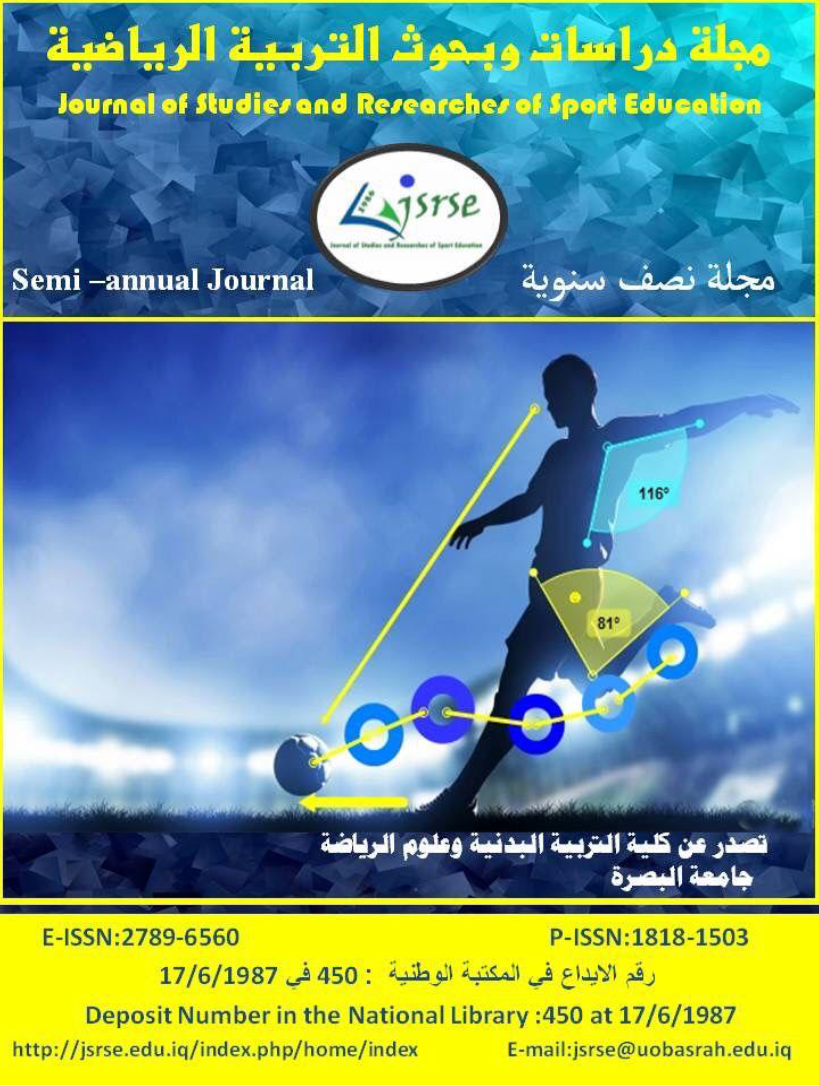




 IASJ
IASJ CC-BY-4.0
CC-BY-4.0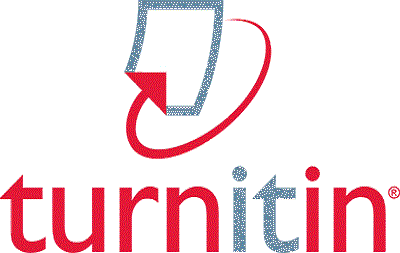 turnitin
turnitin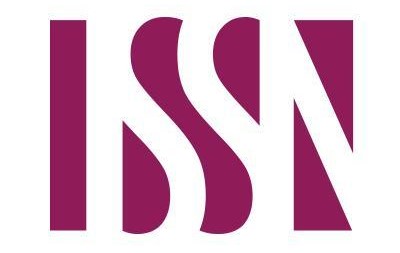 ISSN
ISSN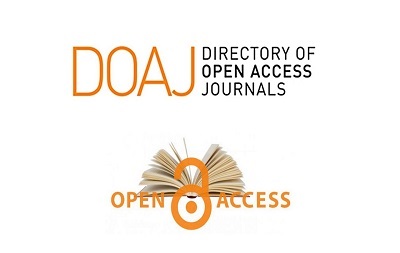 DOAJ
DOAJ Crossref
Crossref GoogleScholar
GoogleScholar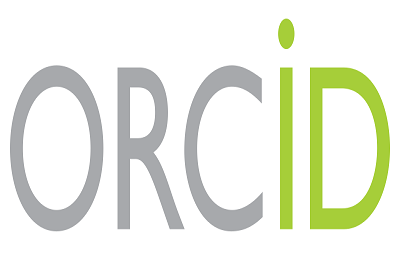 Orcid
Orcid